Book distribution is a complex part of the publishing process. Read a brief guide to book distribution for beginners.
What is book distribution?
Distribution means to make a product or service more widely available to businesses or consumers. As a writer, that product is your book.
Book distribution entails getting copies of books to buyers via digital and/or physical means.
Physical book distribution includes supplying:
- Bookstores
- Libraries
- Schools, universities and other institutions
- Online retailers (which sell physical books)
- Book fairs and festivals
Digital book distribution includes supplying digital book copies via online marketplaces such as:
- Amazon Kindle Store (the largest digital bookseller worldwide)
- Barnes & Noble's Nook store (catering to B&N's proprietary Nook e-reader)
- Apple's iBookstore
- Google Play Books
- Kobo (a Canadian company selling e-books and e-readers)
What are book aggregators?
Book distribution service providers called 'aggregators' help you distribute your book to several platforms at once. This simplifies time-consuming tasks such as admin and sales reporting.
They can also help with other things. Setting up your book up in the right format. Getting an ISBN number (this is like an ID for your book). Plus other services to help people find and buy your book.
Established book distribution aggregators include:
- Draft2Digital - US-based publishing platform which bought e-book self-publishing platform Smashwords in 2022. Charges a flat 10% fee per sale for books distributed via the D2D platform (as of 2023). See a list of stores and partners Draft2Digital distributes to.
- PublishDrive - US-based platform that distributes to up to fifty-one channels, depending on the PublishDrive pricing tier you choose
- IngramSpark - US-based platform with global distribution to a network of over 40,000 retailers and libraries in both print and digital. Distributing your title with IngramSpark (as of May 2023) is free
- BookBaby - US-based platform with the tagline 'the only self-publishing company that offers every service you need, all under one roof'. See their book distribution partners
Author Mag shares a brief, comparative book aggregator overview.

Bring your publishing dreams to life
The world's best editors, designers, and marketers are on Reedsy. Come meet them.
Book distribution basics: Print vs digital
Print and digital (e-books, audiobooks) are the two primary media for distribution.
First, we'll take a look at how each one works. Then, we'll talk about getting books into physical stores, platform exclusivity pros and cons, plus more, so keep reading.
How does distributing print books work?
After writing, editing, layout and cover design, the steps in print distribution are:
1. Choose between offset printing, letterpress, and print-on-demand
First, the printing method is chosen.
Offset printing is a bulk commercial printing process using custom-made printing plates. It is the most common method in modern, large-run printing.
Letterset is a more analogue process, typically reserved nowadays for limited edition runs.
Digital printing is used for smaller book runs and 'direct-to-consumer' fulfilment such as print on demand (POD). Print on demand uses high-quality, industrial-grade digital printers instead of inked plates.
Read more on different types of printing via The Book Designer.
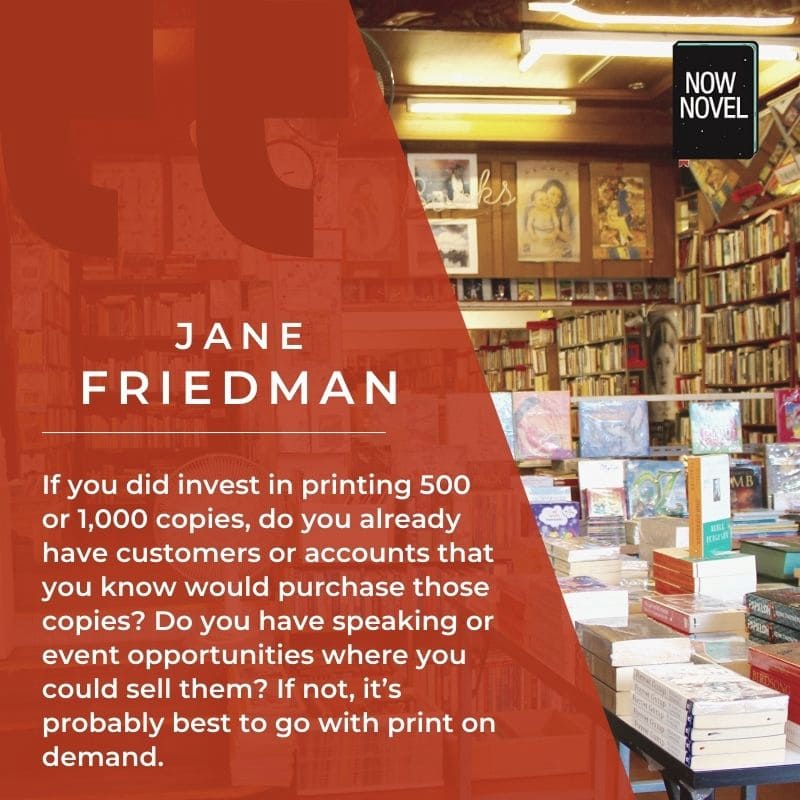
2. Prepare a print-ready manuscript
If you're an indie author working with a text designer, you'll need to know page or trim size. Plus any special requirements for formatting (print-on-demand divisions of platforms such as Kindle Direct Publishing give full specifications).
In traditional publishing, your publisher oversees the process from manuscript to printed book.
3. Print copies to the volume required
If you are a first-time author, it is very unlikely you'll need offset printing or a larger run of hundreds.
Print-on-demand may offer the best combination of order fulfilment with decent lead times and meeting demand until you are more established as an author.
Offset printing (using custom engraved or etched plates) has the advantage of lower per-book production costs as order size increases. It has a longer lead time than print-on-demand due to more complex preparatory stages and high demand for high-quality presses.
4. Distribute books to stores, libraries and institutions, or direct-to-consumer
Distributors send books to retailers/wholesalers (or merchant platforms send books direct to the consumer).
The exact route depends on whether your book distributor is also your printing service provider. Also whether you use separate printers and distributors, or an all-in-one managed, print-on-demand service.
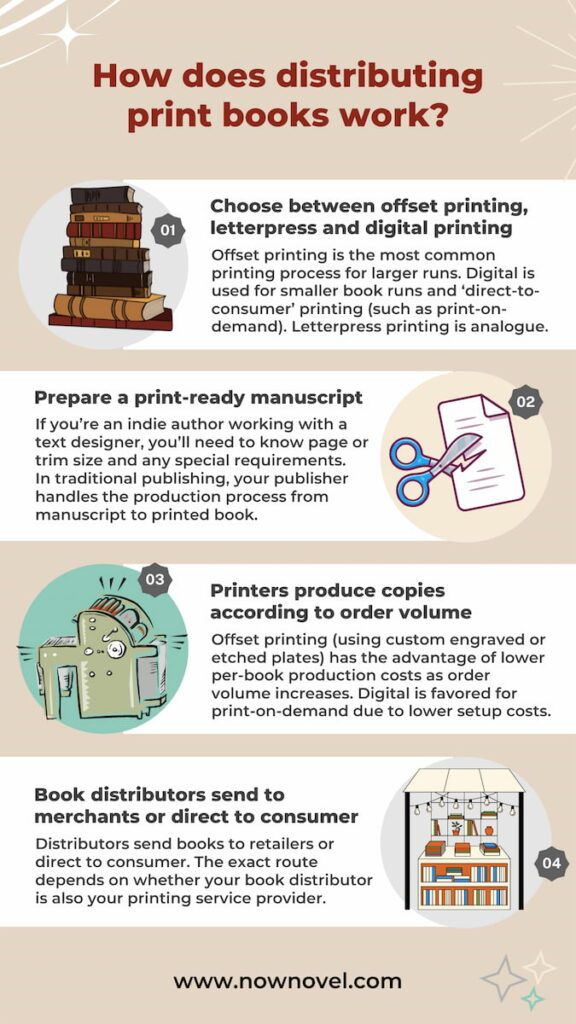
Recommended reading about print distribution
Publishing consultant Jane Friedman supplies further insights into how print book distribution works.
Friedman gives useful caveats and advice. She says to think twice about doing a large offset printing run. Why? Because you will still need book distribution for the books that arrive at your door on a pallet.
Distribution also does not automatically create demand - you still need a book marketing plan. See a guide to creating your author media kit from Scribe Media for putting together materials for book PR.
How does distributing digital books work?
The steps for digital book distribution (if self-publishing):
1. Decide which online bookselling platform(s) you'll use.
What platform(s) will you use to sell your book? Amazon Kindle, Kobo, Apple Books, Google Play? Will you use an aggregator service to distribute to multiple platforms?
If you have built (or will build) a sizeable mailing list on your author site, you could also sell e-books and keep 100% of the proceeds (minus transaction/production costs). E-books also make great lead magnets (giveaways) for your website to promote your writing. See an example below:
Some services, such as Scribd, you can only list on via aggregators. Will you focus on one platform for specific perks? Keep reading for more on digital publishing via a single platform vs 'going wide'.
2. Weigh exclusivity pros and cons
The promotional tools available to you may depend on whether you've given a merchant exclusive rights to sell your book.
For example, Amazon's KDP Select program requires you to sell your books exclusively via Amazon for a 90-day enrollment period.
Enrollment in KDP Select enables your book to be featured in the Kindle Unlimited subscription service. This also gives access to Amazon's Free Book Promotions and Kindle Countdown Deals (KCD). These provide further ways to market your title within Amazon's ecosystem.
3. Understand your platform's publishing requirements
Each platform specifies what formats to use when uploading your manuscript. This includes what metadata to add (such as keywords), and more.
Platforms such as Amazon have step-by-step wizards and robust knowledge bases to guide you through the book-listing process.
4. Create your account and upload your e-book with metadata
It is free to create an account on all the major digital book distribution platforms. Check your chosen platform's knowledgebase for steps and tips for entering metadata, such as keywords.
The keywords you use to specify genre, subgenre, and book topics can make or break discoverability. Amazon KDP gives keyword best practices.
Digital book distribution vs print: Key differences
What are some of the core differences in digital distribution (vs print)?
-
No physical printing or physical storage and shipping needed.
Many authors choose the digital-first (or even digital-only) route because it is faster to market with fewer overheads. Without printing, or physical shipping and storage, distribution costs are lower. -
No issues with over- or understocked copies.
One of the great benefits of digital book distribution is there are no remaindered books. (These are books publishers liquidate at a discount due to lower demand.) You also don't have to worry about not having enough supply to meet demand since a digital product isn't finite. -
Less cultural cachet.
Traditional publishing, with your work being accessible in print and vetted by book industry leaders, still carries more prestige.
Distributing traditionally published vs self-published books
What are the differences between distributing books when you have a publishing contract vs as an indie/self-published author?
Book distribution in traditional publishing - what to know
In traditional book publishing, the key things to know about distribution are:
The publisher handles distribution
In traditional publishing, the publisher oversees marketing and distribution.
Keep in mind that even a smaller publisher (that does not have 'Big Four' publishing status) will have valuable contacts. Networks in book world you may struggle to tap as a newcomer.
This could make getting your book into the right readers' hands and wider reach (such as national book distribution) easier than the DIY route.
No traditional publisher charges upfront for book distribution
This may make you say, 'Great, one less expense!' If you've been paid an advance, though, you will typically need to 'earn out' said advance.
What does this mean? The publisher keeps revenue from sales of your book until they recoup costs, per your publishing contract. It may thus be a while before you start seeing any royalties, depending on how your book sells.
Publishers offer a symbiotic relationship. You get their networks, distribution and established marketing platform. They get a share of your work's proceeds (which in turn enables them to secure and publish further titles). It's a publishing ecosystem.
You could keep electronic rights and self-distribute
In a Now Novel writing webinar, romance author and writing coach Romy Sommer shared a tip. You may be able to negotiate to keep some or all electronic rights in a book deal.
What does this mean? For example, you may negotiate to keep audiobook and/or e-book rights in one or more regions/markets. This could mean that one stream of sales gives you a larger share of royalties.
Contracts that give the author total electronic rights have become rarer, though. You may be able to renegotiate electronic rights with a publisher during contract renewal (or when changing publishers).
In a brief article on electronic book rights, Charles F. Reidelbach, Jr. for Higgs Law explains why most publishers will likely bundle some form of electronic rights in their contracts.
As of 2021 (according to Statista), readers buy twice as many print books as e-books, in markets such as the USA and the UK.
Book distribution as an indie or self-published author
In self-published book distribution, the key things to know are:
Getting your book into physical stores is more challenging
If you are a first-time, self-publishing author, the chances of getting your debut into a physical store are much slimmer.
Why is getting a self-published book listed in a major bookstore hard?
There is a premium on bookstore's shelf space. Bookshops will prioritize listing books with demonstrable (i.e. profitable) demand. The support of established publishers driving their demand.
Larger chains are also likely to have established supply chains and relationships with publishers and their distributors.
Bookstores also rely on more discounted trade pricing than the less generous wholesale pricing dominant players such as Amazon offer.
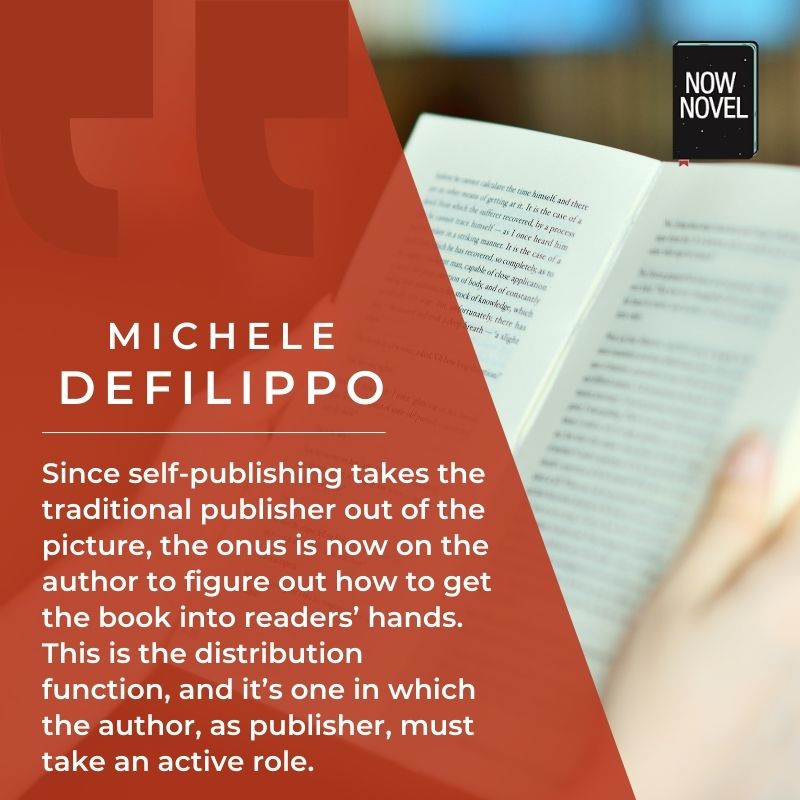
How to stand a better chance of getting your indie title into a bookstore
To stand a better change of selling your books:
-
Work with a reputable book distributor
Book distributors that have the supply networks in place already and sell indie titles may be able to get bookstore placements. -
Approach indie bookstores
Smaller book merchants often invest more in promoting local authors and a robust independent publishing ecosystem. Be prepared to motivate to store owners why your book would appeal to their customers. [Ed's note: For example, a popular bookstore in Cape Town's CBD, The Book Lounge, regularly stocks independent publishers' titles and a more diverse selection than larger, more commercial book chains. Authors often launch new titles in a downstairs space for book functions]. -
Join professional book associations
Book organizations and associations provide opportunities to network with writers, publishers, and book merchants. Each new connection could lead to an opening door. -
Offer a retail discount rate and returnability
Book merchants buy books at a considerable discount off the RRP (recommended retail price). Typically 'trade discount' is 50% (according to Author Learning Center) or even a little higher. Decent margins and the option to return unsold stock to you could make your book more attractive.
Single platform distribution vs 'publishing wide' - pros and cons
Indie authors must choose between book distribution via a single merchant platform or multiple. The book biz calls the latter 'publishing wide' or 'going wide'.
What are the pros of book distribution on a single platform?
The pros of selling your book on one platform:
- Access to special royalty rates/models and promo types. For example, Amazon's 'Kindle Countdown Deals' are only available if you're enrolled in KDP Select (with the 90-day exclusivity period). Ditto enrollment in Kindle Unlimited (which pays royalties per pages read).
- Ease of management. If not using an aggregator, it's less work than managing several book distribution platforms at once.
- Your sales data in one place. Selling via a single-platform reduces sales data sources to track.
- Reduced royalty complexity. As different platforms offer different royalty rates, it may help you get a quicker understanding of how your book business is doing to have one rate to reference.
- Streamlined marketing funnels. Directing readers to a single place to get your books may mean less friction (and more focus) for your marketing efforts and your reader/buyer's journey.
But what about the cons?
Cons of single-platform distribution
The cons of only distributing your books via one platform include:
- Single-platform dependency. Locked out of your account? Glitch in the matrix? Putting all your books in one basket could be an issue if tech issues arise or royalty split pricing rules change.
- Gaps in market penetration. Amazon may be the biggest marketplace for digital book distribution. Yet if you use one platform only, you may miss out on reaching readers who prefer other services. Some readers may be ethically-opposed to Amazon's book market dominance.
- More limited promo opportunities. Depending on the platform you choose, you may have more restricted promotional and marketing opportunities than if you 'go wide'.
- Uncertain global book distribution. Selling via one platform may mean you miss out on customers from a country where readers cannot access that marketplace. Or maybe the platform does not have much adoption in that region.
Author and creative entrepreneur Joanna Penn gives helpful further insights into the perks and problems of exclusivity vs publishing wide.
Book distribution and royalty share agreements
Another important topic of book distribution for self-published authors is royalty share/split agreements.
Each platform has its own royalty share rates (the percentage of each sale paid to you, the author). Rates depend on factors such as what regions you're selling to and what range you price your book within.
Compare royalty rates between publishing platforms
Here is a comparative table between major publishing platforms' rates (as of June 2023):
| Platform | Standard royalty rate | Special royalty rate |
| Amazon | 35% | 70% (see royalty conditions) |
| Apple Books | 70% | N/A |
| Kobo | 45%* | 20% (public domain books), 70% (see royalty conditions) |
| Barnes & Noble Press | 70% | N/A (see royalty conditions) |
| Google Play Books | 70% | NA (see Google's royalty FAQs) |
| Smashwords | 60% | 45% (for library sales) |
Sources: Marketplaces' FAQ pages and knowledge bases.
* Kobo's 45% Royalty rate is the base rate for books below a pricing threshold of $2.99, as of June 2023 (much the same as Amazon's base 35% rate). Pricing your book above this amount will make it eligible for the 70% royalty rate.
Google Play Books is rare in offering a 70% royalty share without pricing conditions or exclusivity requirements. Monica Leonelle via Medium makes a compelling argument for considering Google Play Books despite it having smaller book market share than (for example) Amazon.
Remember that the royalty rate in the table above isn't the only important factor in platform choice. Each platform has different market penetration. Your genre may be less competitive on one platform, too, meaning less jostling for visibility (but lower view counts).

Meet top editors, designers, and marketers
The best professionals are already on Reedsy. Sign up now to request free quotes.
Book distribution service providers by country
If you're looking for information on book distribution service providers, here are several helpful resources:
Reedsy offers a helpful list of print book distributors in the US, including distributors specializing in various subjects.
Gardners Books is the largest book distribution service provider in the UK. They offer guidelines on selling to Gardners as well as self-publishing tips and packages for purchasing ISBN numbers and more here.
The Independent Book Publishers' Association lists book distributors from multiple regions.
Have your say
🗣️ How are you planning to distribute your next title (or how did you distribute your last)? Let us know in the comments!
Planning to publish soon? Get professional editing first, with feedback on synopses, query letters, or your entire manuscript. Put your best work forward.
Book distribution FAQ
What is the difference between book distributors and wholesalers?
Wholesalers buy books in larger quantities, typically direct from publishers to take advantage of large discounts. Bookstores and libraries can often get titles faster and cheaper from wholesalers than publishers. Distributors serve as intermediaries between publishers and wholesalers and other buyers. They don't just store and sell books but take orders, pack and ship books, and connect publishers with sales opportunities.
What is the difference between a book publisher and distributor?
Publishers option, design, edit, produce, and market books. Distributors handle the logistics of getting books to retailers and individual customers. Some companies offer both (for example, Penguin has its own network distributing over 120 million books each year).


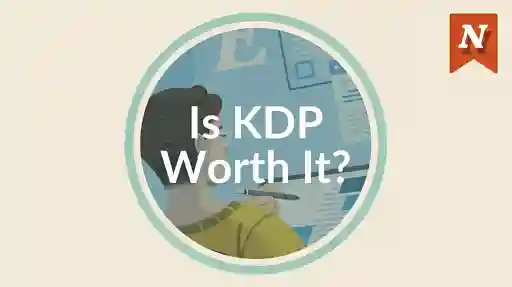
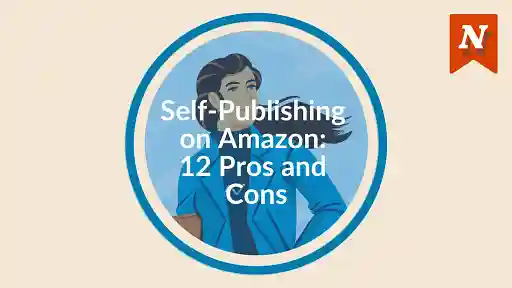
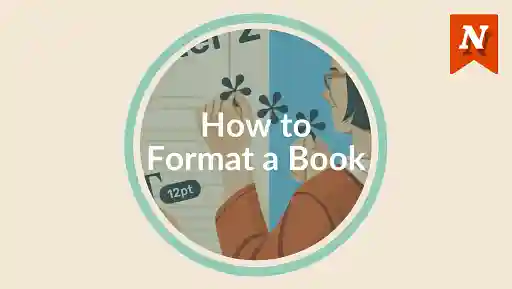

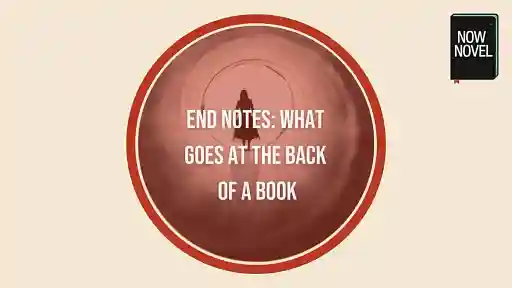
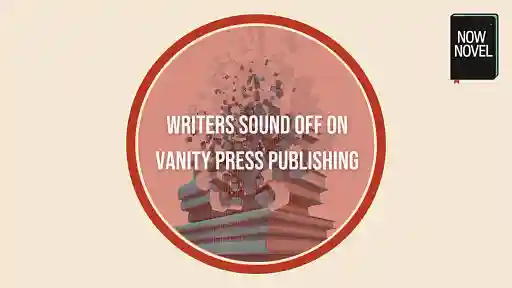



One helpful tip is to embrace social media and utilize this medium to your advantage. If you're just starting out with an ebook for example, you can build a solid fanbase by offering free chapters of your book through your social media accounts. If you're going to be the sole distributor, You need to get the word out there that your book exists prior its release.
John P. Wheeler - Almost 12 years ago